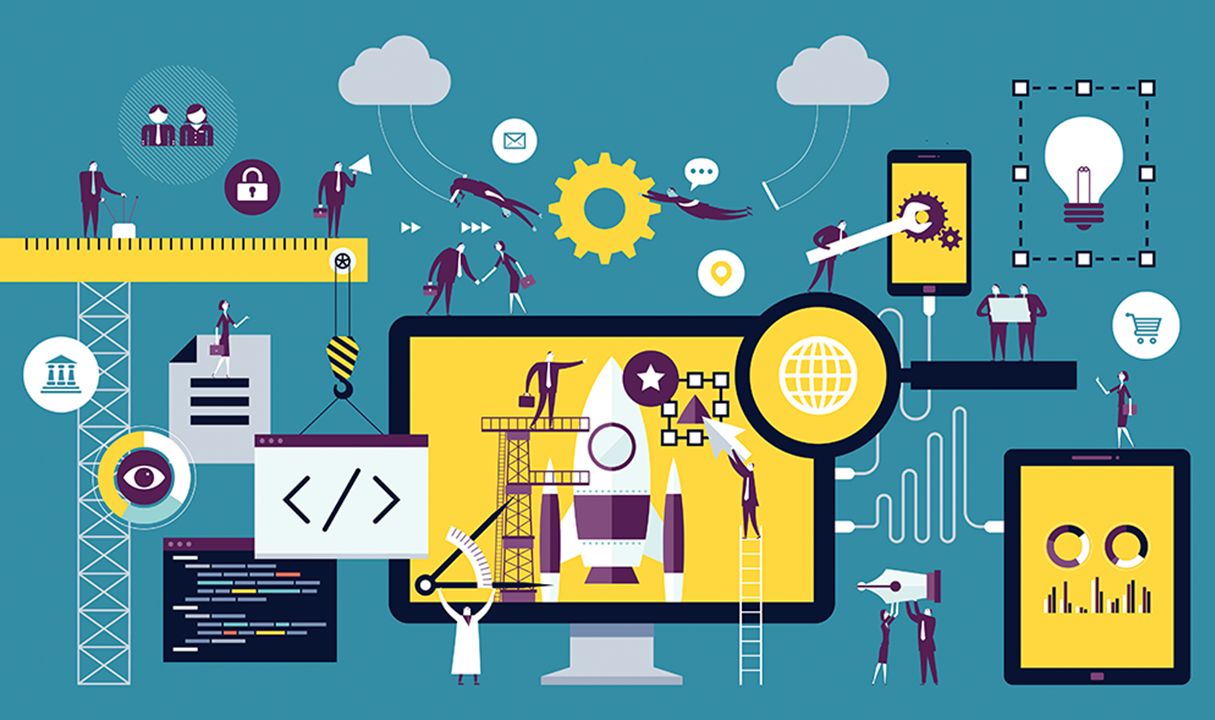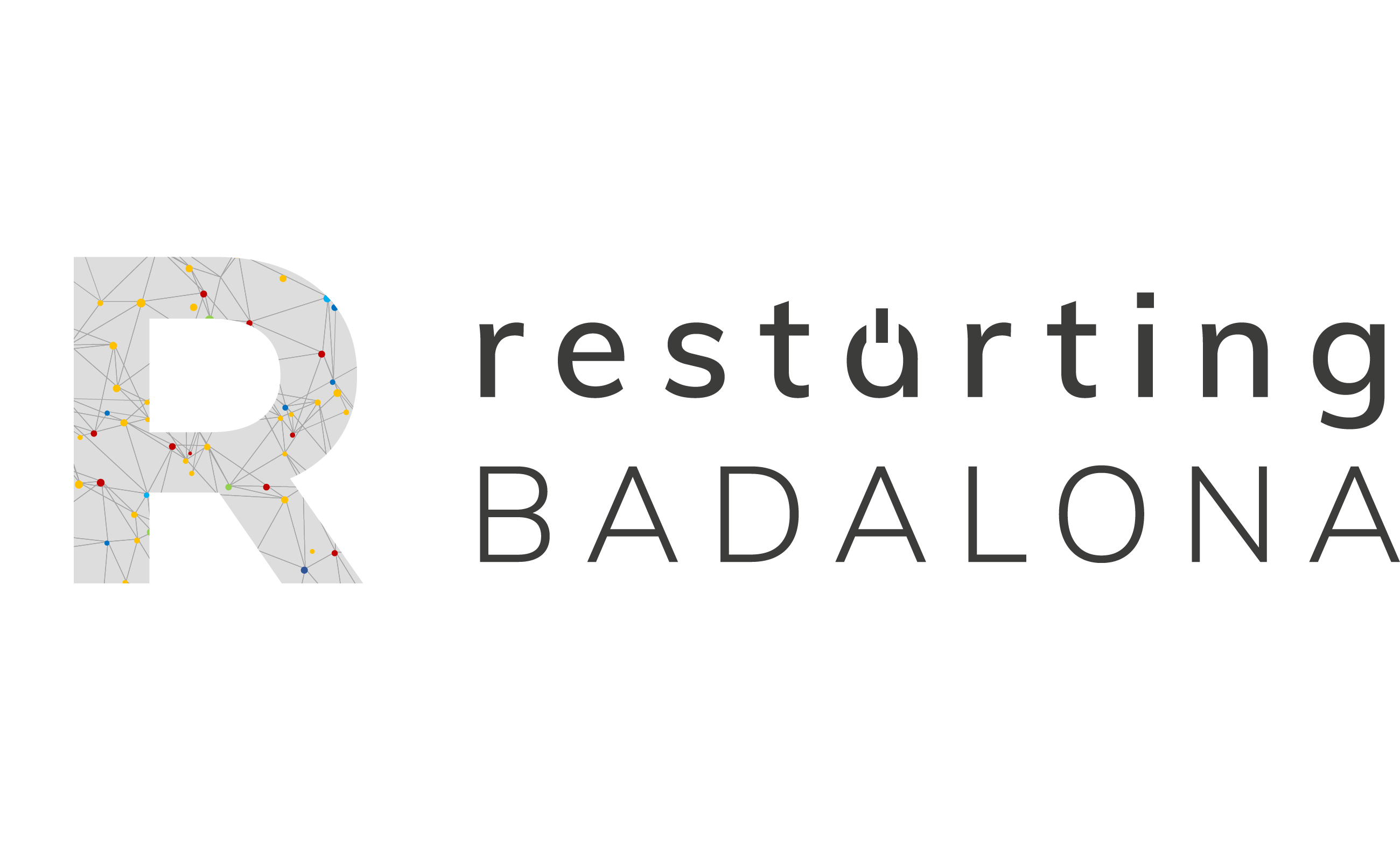
Another article on the great (and perhaps the last) opportunity that the Next Generation EU recovery funds represent? I dare not say anything new. But surely it has been established that one of the fundamental pillars of these funds is digital transformation. All the plans that the member countries must make must meet these conditions if they want to obtain the expected money. There are 6, of pillars, and they have quite understandable names, such as ecological transition, social and territorial cohesion, policies for children and young people, sustainable and inclusive economic growth, etc. We can all guess what the main challenges are behind these axes: climate change, youth unemployment, housing, poverty, the education system and many more. But what about the digital transformation? What the fuck is this? 5G everywhere and do it all from your mobile? And after that? The 6G and the 7G and so we are doing, right? The misunderstood digital transformation consists of doing the same thing we did but from the mobile, over the internet. That is, to apply technology, a lot of technology and the newer the better, to the different processes of the company, to do the same as we did before. Well no. This is not digital transformation. Or at least it is not the one I want.
Often, just by introducing technology into our lives and organizations, we obtain efficiencies, be they economic, security or time, as for example with cloud or cloud technologies, which allow us to save data in a safe and affordable way, or using pay-as-you-go software. But often the opposite also happens: we have spent money and we have not improved anything, or we have even worsened it.
Digital transformation is an opportunity to ensure social progress, but it does not improve people’s lives by itself
Let’s look at what is happening in the field of education. We do the same master classes as always but online. The same content and learning materials as always, but now we upload them to the corresponding LMS platform (moodle, to understand each other). And so with digital whiteboards and other technologies. We must rethink the objectives of our education system. Do a basic rethinking of the methodologies and learning processes, always with the student at the center of this new design, and finally technology will be a key lever to make this, now, digital transformation.
Calling the citizen service, being interacting with an “intelligent” machine, which is certainly quite capable of understanding what we are saying, and after 10 minutes not solving anything is digital transformation. It’s a donut. But there are also cases in which the public administration has analyzed the different archetypes of citizens to understand their needs and expectations, has developed proactive communication strategies and facilitates compliance with obligations and procedures by integrating all communication channels in order to optimize their experience. . In other words, a digital public service design focused on making things easy for the citizen, not the official.
A digital public service design is needed focused on making things easy for the citizen, not the official
Believe me, there are places in the world where the tax administration treats taxpayers as customers rather than potential fraudsters. It notifies them when they have to do a procedure, provides them with all the information it has and helps them comply with their tax obligations, with different strategies depending on whether they are a large company, a SME, an old or young person … That is, depending on your needs.
The changes that digitalization causes at a social and economic level are not predetermined, but are conditioned by the objectives and purposes of all the agents involved. Digital transformation is an opportunity to ensure stable and sustainable social progress, but it does not improve people’s lives by itself. It needs a development agenda made by policy and business leaders that mitigates some of the negative effects of technology adoption, such as the risk of exclusion, both in the short and long term.
We already live in a very digital world and there is no going back. And that means that we have become accustomed to being able to access a lot of information very quickly, to interact immediately and ubiquitously with any person or entity, to demand digital services and experiences … And all surrounded by this acceleration that the digitized world conducive. But to tackle a real and well-done digital transformation, you have to rethink everything you do to improve the service and experience for the customer and the citizen. And for this, technology is the perfect ally: first think about what you want to do and then it will give you a solution. This is the order of digital transformation well understood.
Martí Casamajó, member of the Restarting Badalona association



